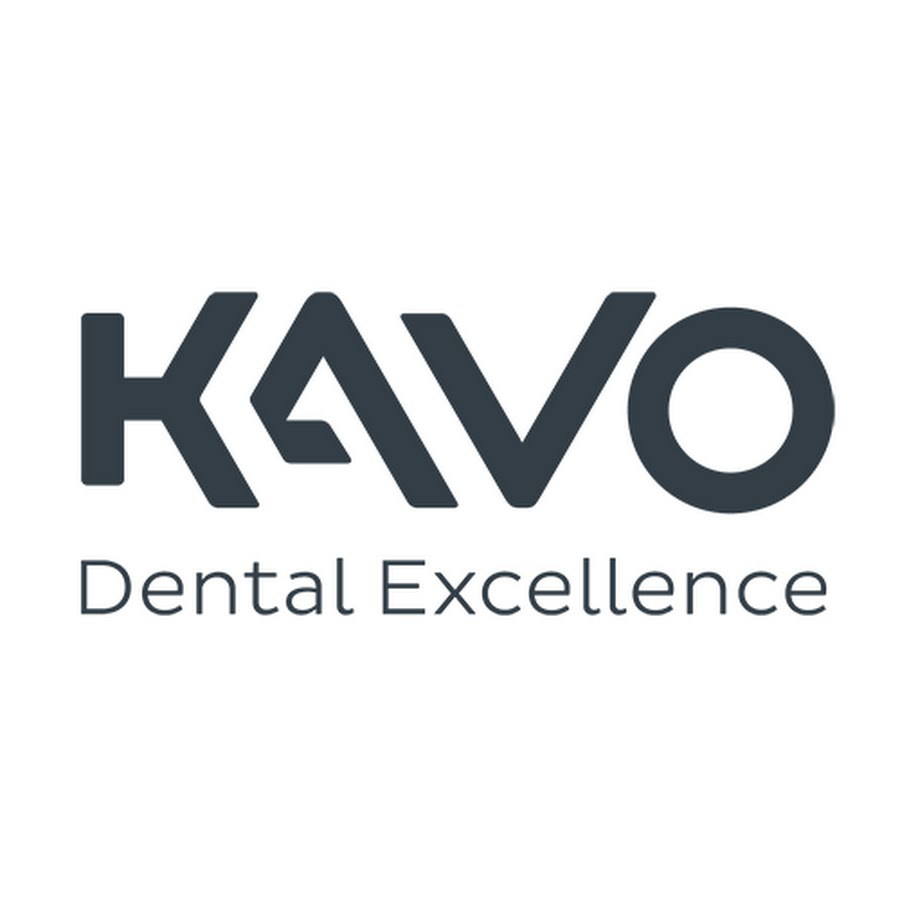Cerrahi Müdahale Olmadan İmplant Tedavisi
İletişime Geç



Cerrahi Müdahale Olmadan İmplant Tedavisi
Cerrahi olmayan implantlar, diş kaybı için minimal invaziv bir çözüm sunar. Bu flepsiz teknik, iyileşme süresini azaltır, daha az rahatsızlığa neden olur ve dikişlerden kaçınır. Sınırlı kemik yapısına sahip hastalar veya daha hızlı iyileşme arayanlar için ideal olan Dentavita'daki cerrahi olmayan implant yerleştirme, hassasiyeti konforla birleştirir.

Cerrahi Olmayan Diş İmplantları Nedir?
Cerrahi olmayan diş implantları, geleneksel flep cerrahisi ve dikişlerden kaçınan implant yerleştirme prosedürlerini ifade eder. Diş eti dokusunu kesmek yerine, bu teknik gelişmiş görüntüleme ve minimal invaziv teknoloji kullanarak implantın küçük bir delik veya kesiden tam olarak yerleştirilmesini sağlar.
Bu yöntem, flep cerrahisi olmadan implant uygulaması, punch tekniği veya bilgisayar destekli implantoloji olarak da bilinir ve diş implantlarının yapılma şeklini devrim niteliğinde değiştirerek, uygun hastalar için daha hızlı, daha konforlu ve çoğu zaman daha güvenli bir çözüm sunar.
Cerrahi Olmayan İmplantların Temel Faydaları
1. Minimal İnvaziv Prosedür
Cerrahi olmayan implantlar büyük kesikler veya dikiş gerektirmez. Bu, çevre dokulara daha az travma ve çok daha hızlı iyileşme süresi anlamına gelir.
2. Daha Hızlı İyileşme
Kanama, şişlik ve rahatsızlık minimal olduğu için, hastalar genellikle daha hızlı iyileşir ve bir veya iki gün içinde normal aktivitelerine dönebilir.
3. Azaltılmış Ağrı ve Rahatsızlık
Yumuşak dokular fazla rahatsız edilmediği için, ameliyat sonrası ağrı minimumdur. Çoğu hasta işlem sonrası ağrı kesici ihtiyacı duymaz veya çok az kullanır.
4. Bazı Durumlarda Hemen Fonksiyon
Uygun hastalarda, cerrahi olmayan implantlar aynı gün geçici bir kron destekleyebilir, böylece hemen estetik ve fonksiyon sağlanır.
5. Dikiş veya Skalpel Kullanımı Yok
Bu teknik dikiş veya cerrahi flep gerektirmez, bu da özellikle endişeli veya sağlık durumu hassas olan hastalar için çok daha konforlu bir deneyim sağlar.
6. Teknoloji ile Yüksek Hassasiyet
CBCT (Konik Işınlı Bilgisayarlı Tomografi) taramaları ve dijital ölçümler kullanılarak yapılan bilgisayar destekli planlama, implantın mükemmel derinlik, açı ve pozisyonda yerleştirilmesini sağlar. Bu da komplikasyonları azaltır ve en iyi sonuçları garantiler.
Cerrahi Olmayan İmplantlar Kimler İçin Uygundur?
Her hasta cerrahi olmayan implant için uygun değildir. Bu teknik en çok aşağıdaki hastalar için uygundur:
- Yeterli kemik hacmi ve yoğunluğuna sahip olanlar
- Sağlıklı diş eti dokusuna sahip ve aktif enfeksiyonu olmayanlar
- Daha az invaziv bir alternatif arayan bireyler
- Medikal olarak hassas olan ve daha kısa ya da daha güvenli bir prosedüre ihtiyaç duyanlar
- Bazı durumlarda aynı gün implant veya hemen yükleme isteyen hastalar
Uygunluk belirlemek için 3D görüntüleme ve dijital planlamayı içeren kapsamlı bir muayene gereklidir.
Cerrahi Olmayan İmplantlar Nasıl Yerleştirilir?
1. Dijital Planlama
İşlem, 3D CBCT taraması ve dijital ölçümlerle başlar. Uzman yazılımlar kullanılarak hastanın ağız yapısının sanal modeli oluşturulur.
2. Cerrahi Kılavuzun Hazırlanması
CAD/CAM teknolojisi ile özel cerrahi kılavuz üretilir. Bu kılavuz, implantın tam derinlik, açı ve pozisyonda, diş eti kesilmeden yerleştirilmesini sağlar.
3. İmplantın Yerleştirilmesi
İmplant, küçük bir delik veya doku punch’ından cerrahi kılavuz kullanılarak doğrudan çene kemiğine yerleştirilir. Dikiş gerekmez.
4. Geçici veya Kalıcı Kronun Yerleştirilmesi
Bazı durumlarda, aynı gün geçici bir kron takılır. Aksi halde, kalıcı kron yerleştirilmeden önce 3-6 ay iyileşme süreci beklenir.
Cerrahi Olmayan İmplantlar Güvenli ve Etkili midir?
Kesinlikle evet. Deneyimli implant diş hekimi veya ağız cerrahı tarafından yapıldığında, cerrahi olmayan implant yerleştirme çok güvenli, doğru ve öngörülebilirdir. Dijital teknoloji kullanımı hassasiyeti artırır ve hata payını büyük ölçüde azaltır.
Ancak her hasta uygun olmayabilir. Kemik kalitesi, sinir veya sinüslerin konumu ve genel ağız sağlığı belirleyici faktörlerdir.
Cerrahi Olmayan İmplantların Maliyeti
Cerrahi olmayan implantlar ileri teknoloji içerse de, genel maliyet çoğunlukla geleneksel implantlarla karşılaştırılabilir düzeydedir. Bazı durumlarda cerrahi malzeme, ilaç veya kontrol ziyaretlerindeki azalma nedeniyle hasta tasarruf edebilir.



